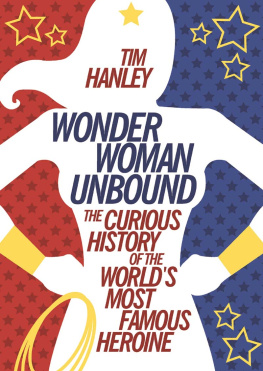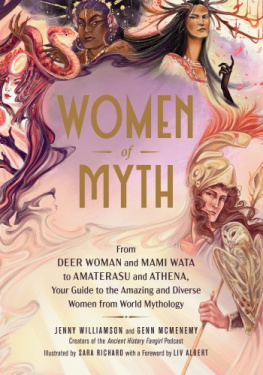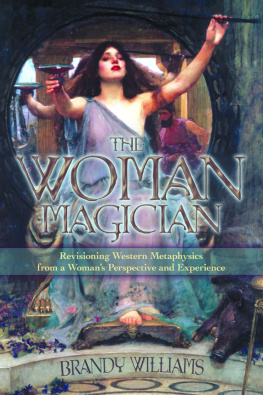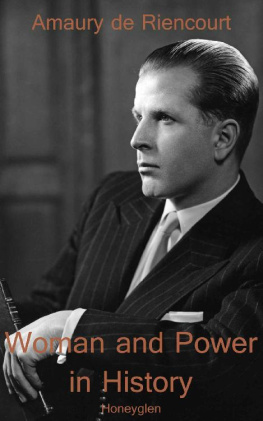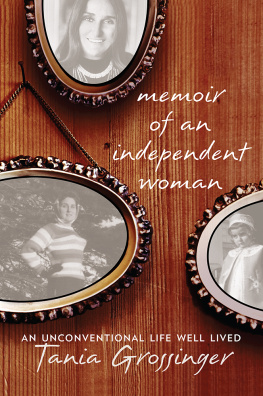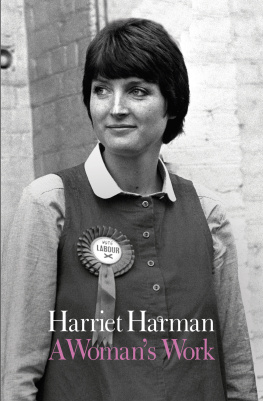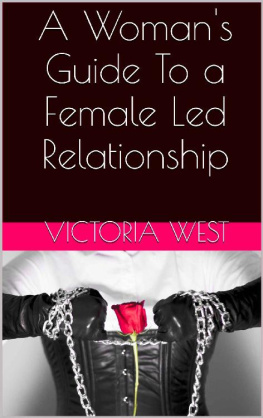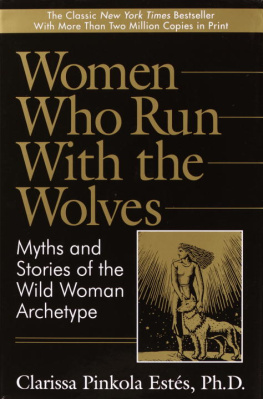

Copyright 2014 by Tim Hanley
All rights reserved
Published by Chicago Review Press Incorporated
814 North Franklin Street
Chicago, IL 60610
ISBN 978-1-61374-909-8
Library of Congress Cataloging-in-Publication Data
Hanley, Tim.
Wonder Woman Unbound : the Curious History of the Worlds Most Famous Heroine / Tim Hanley.
pages cm
Summary: With her golden lasso and her bullet-deflecting bracelets, Wonder Woman is a beloved icon of female strength in a world of male superheroes. But this close look at her history portrays a complicated heroine who is more than just a female Superman. The original Wonder Woman was ahead of her time, advocating female superiority and the benefits of matriarchy in the 1940s. At the same time, her creator filled the comics with titillating bondage imagery, and Wonder Woman was tied up as often as she saved the world. In the 1950s, Wonder Woman begrudgingly continued her superheroic mission, wishing she could settle down with her boyfriend instead, all while continually hinting at hidden lesbian leanings. While other female characters stepped forward as womens lib took off in the late 1960s, Wonder Woman fell backwards, losing her superpowers and flitting from man to man. Ms. magazine and Lynda Carter restored Wonder Womans feminist strength in the 1970s, turning her into a powerful symbol as her checkered past was quickly forgotten. Exploring this lost history as well as her modern incarnations adds new dimensions to the worlds most beloved female character, and Wonder Woman Unbound delves into her comic book and its spin-offs as well as the myriad motivations of her creators to showcase the peculiar journey that led to Wonder Womans iconic status Provided by publisher.
Includes bibliographical references and index.
ISBN 978-1-61374-909-8 (pbk.)
1. Wonder Woman (Fictitious character) 2. Women in literature. 3. Gender identity in literature. 4. Comic books, strips, etc.United States. 5. Literature and societyUnited States. I. Title.
PN6728.W6H34 2014
741.5973dc23
2013045111
Unless otherwise indicated, all images are from the authors collection
Front cover design: Tim Hanley
Cover layout: Jonathan Hahn
Interior design: PerfecType, Nashville, TN
Printed in the United States of America
5 4 3 2 1
To my parents
Contents
Index
Introduction
W heeee! Im a butterfly on the first day of spring!
So exclaimed Diana Prince in Wonder Woman #182, her arms raised and her eyes closed, reveling in the joy of trying on expensive dresses in a trendy boutique in London. The year was 1969, and Wonder Woman had recently given up her superpowers, trading her bullet-deflecting bracelets and golden lasso for a normal life as her alter ego, Diana Prince.
Wonder Woman was a princess of the Amazons, the mythic race of warrior women, but when her sisters decided to leave for another dimension, Wonder Woman chose to stay behind with her boyfriend, Steve Trevor. Unfortunately, Steve died soon after she renounced her powers, and Diana set out on a quest to track down his killer. This brings us to London, where she took a hiatus from avenging Steves death to go on a shopping spree with her new friend, Reginald Hyde-White. Reggie footed the bill for all of Dianas new mod fashions, and later that afternoon declared his love for her. Steve had just died three days before, and Diana had only met Reggie that morning, but our heroine was unable to resist his charms and kissed Reggie passionately. However, their love was short-lived: Reggie was employed by Steves killer, and he betrayed Diana later in the issue. Enraged, she attacked Reggie, nearly crippling him, and the story ended with a weeping and broken-hearted Diana running off into the night.
Wonder Woman is a recognizable figure: gold tiara, invisible jet, fights bad guys, looks like Lynda Carter. Shes a role model for many, and the most famous female superhero in a genre dominated by males. Shes also been a feminist icon since Gloria Steinem put her on the first cover of Ms. magazine in 1972. This gal, with no superpowers and no star-spangled outfit, cavorting with strange men, isnt the Wonder Woman that most people are familiar with.
Fans today tend to have a very iconic but generic concept of Wonder Woman, a combination of nostalgia for the 1970s TV show and vague associations with feminism. She is important and beloved as the most famous superheroine of all time, a bastion of female representation in a male-dominated genre, but shes a symbol more than a living, vibrant character. This is largely due to a lack of exposure; for the past thirty years, aside from her one sparsely read monthly comic, Wonder Woman has lacked the publication, television, and film presence of her fellow superheroes. The modern Wonder Woman is practically nonexistent outside of T-shirts and other memorabilia.
However, the early decades of Wonder Womans history were incredibly bizarre, and these versions of the character fell by the wayside after Lynda Carter and Ms. magazine in the 1970s. Created in 1941 by a psychologist named William Moulton Marston, the original Wonder Woman looked and acted a lot like her modern-day counterpart, but she had an unusual background and some strange secrets. As years passed, new creators further convoluted the character, muddying her odd yet feminist origin. While American women grew from complacent housewives to protesters for womens liberation, gaining new strength and independence as they moved forward together, Wonder Woman fell backward.
Wonder Woman was created during the Golden Age of comics, before the temporary workplace gains of World War II, at a time when women were told that their only place was in the home. An Amazon princess and the most powerful warrior of her race, Wonder Woman ignored these expectations. Her comics didnt just suggest equality of the sexes; they flat-out demonstrated that every woman had innate power and that Wonder Woman was superior to her male counterparts. By the 1950s, as the Silver Age of comics began, American women started to chafe under the limitations of their domestic lives just as Wonder Woman wanted to settle down. When women took to the streets in the late 1960s to demand their rights and Bronze Age heroines left behind the men who kept them down, a heartbroken Wonder Woman gave up her superpowers and sat out the womens liberation movement.
Wonder Woman grew opposite to the evolution of American women. But as it always is with Wonder Woman, there were further complications. Marston, the advocate of female power and strength, was also a kinky bondage enthusiast. The amazing Amazon who wished she could just be a housewife was labeled a man-hating lesbian by anti-comics crusaders. When not weeping over her lost love, our heroine flitted from man to man.
By rediscovering the forgotten history of Wonder Woman, we can both understand her journey to her current iconic status and flesh out Wonder Woman as a character and not just a symbol. Each of these early depictions of Wonder Woman was wrapped in contradictions, and none of them much resemble the contemporary Wonder Woman, but all of them together combine into the most peculiar and fascinating history of any comic book character.
Next page
